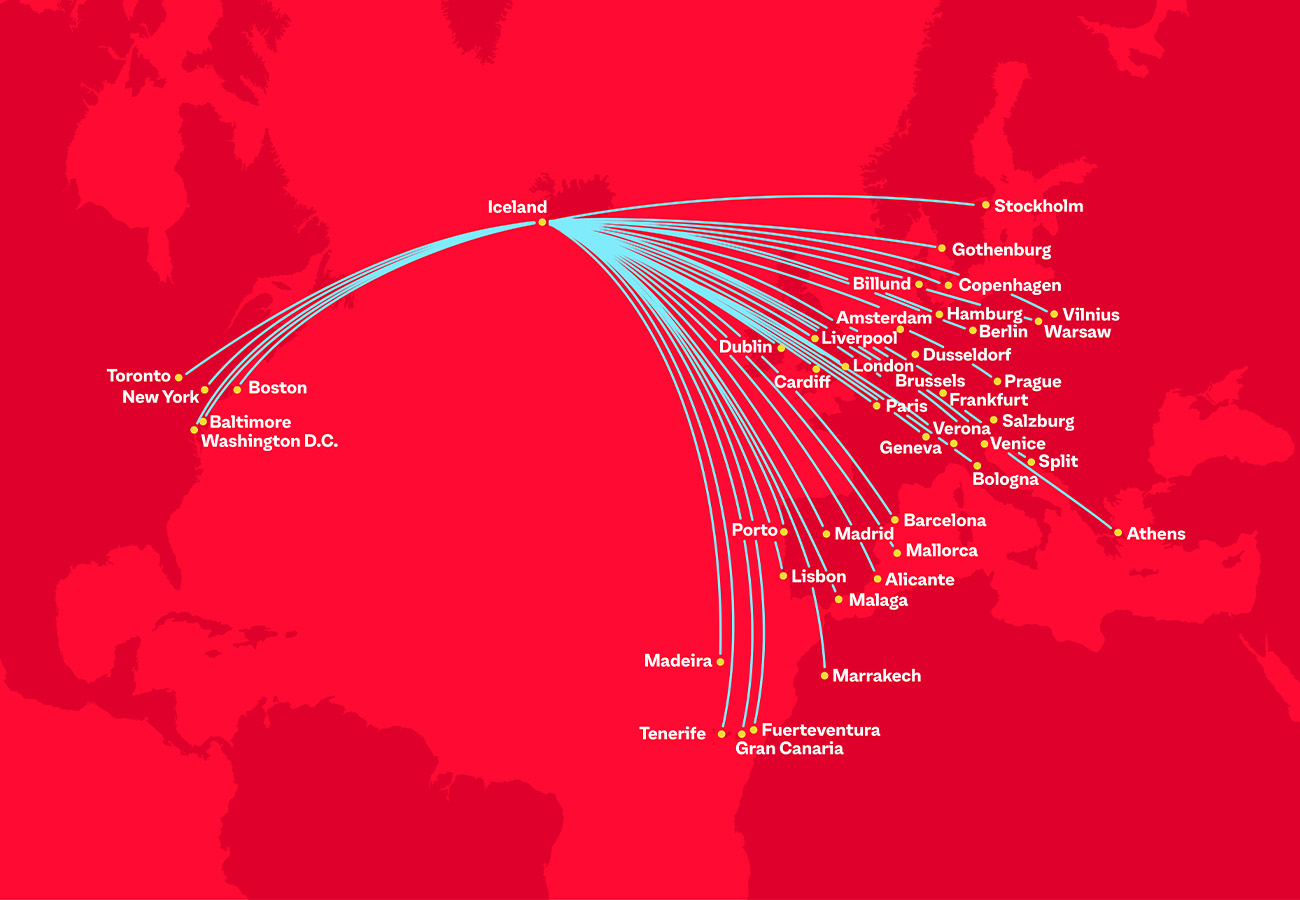
Ever wondered how airlines decide where to fly? Airline route networks are a complex web of decisions, logistics, and strategies. These networks determine which cities get connected, how often flights occur, and even the types of planes used. Understanding these networks can reveal why your favorite destination might have multiple daily flights or just one weekly service. From hub-and-spoke models to point-to-point routes, airlines use various strategies to maximize efficiency and profitability. Airline route networks also impact ticket prices, travel times, and overall passenger experience. Ready to learn more? Let's dive into 11 intriguing facts about these intricate systems.
Key Takeaways:
- Airline route networks are carefully planned based on passenger demand, seasonal changes, and competition. Technology and data analytics play a crucial role in optimizing flight schedules and monitoring real-time adjustments.
- Environmental considerations, such as fuel efficiency and noise pollution, are increasingly important in airline route planning. These routes have a significant economic impact, boosting tourism and creating jobs in cities and regions.
How Airline Route Networks are Planned
Airline route networks are intricate systems designed to connect cities worldwide. Planning these routes involves numerous factors, from passenger demand to airport capacity. Here are some fascinating facts about how these networks come to life.
-
Passenger Demand: Airlines study travel patterns to determine which routes will be most profitable. They analyze data on how many people travel between cities and when they prefer to fly.
-
Hub-and-Spoke Model: Many airlines use a hub-and-spoke system, where flights are routed through central hub airports. This model allows airlines to offer more destinations with fewer planes.
-
Seasonal Adjustments: Airlines often adjust their routes based on seasonal demand. For example, flights to tropical destinations may increase during winter months.
-
Competition: Airlines closely monitor their competitors' routes. If one airline starts a new route, others may follow to capture market share.
The Role of Technology in Route Networks
Technology plays a crucial role in the development and management of airline route networks. Advanced software and data analytics help airlines optimize their operations.
-
Flight Scheduling Software: Airlines use sophisticated software to create efficient flight schedules. These programs consider factors like aircraft availability, crew schedules, and airport slots.
-
Data Analytics: Big data helps airlines predict demand and adjust routes accordingly. By analyzing historical data, airlines can make informed decisions about where to fly.
-
Real-Time Monitoring: Airlines use real-time monitoring systems to track flights and make adjustments as needed. This technology helps minimize delays and improve overall efficiency.
Environmental Considerations in Route Planning
Environmental concerns are increasingly influencing airline route planning. Airlines are looking for ways to reduce their carbon footprint while maintaining efficient operations.
-
Fuel Efficiency: Airlines prioritize routes that maximize fuel efficiency. Direct flights and optimized flight paths help reduce fuel consumption and emissions.
-
Noise Pollution: Airlines consider noise pollution when planning routes. They work with airports and local communities to minimize the impact of flight noise on residential areas.
Economic Impact of Airline Routes
Airline routes have significant economic implications for cities and regions. They can boost tourism, create jobs, and stimulate local economies.
-
Tourism Boost: New airline routes can attract tourists to previously underserved destinations. Increased tourism can lead to more business for hotels, restaurants, and local attractions.
-
Job Creation: Airline routes create jobs both directly and indirectly. Airports need staff to handle increased traffic, and local businesses benefit from the influx of travelers.
The Final Takeaway
Airline route networks are fascinating. They connect the world in ways we often take for granted. From the hub-and-spoke model to point-to-point routes, each system has its perks and quirks. Hubs like Atlanta and Dubai handle massive traffic, while low-cost carriers thrive on direct routes. Seasonal routes cater to vacationers, and cargo flights keep global trade ticking. Technology and data analytics play huge roles in optimizing these networks, ensuring efficiency and profitability. Environmental concerns are pushing airlines to rethink routes for sustainability. Understanding these facts gives us a glimpse into the complex world of aviation. Next time you book a flight, you'll appreciate the intricate planning behind your journey. Safe travels!
Frequently Asked Questions
Was this page helpful?
Our commitment to delivering trustworthy and engaging content is at the heart of what we do. Each fact on our site is contributed by real users like you, bringing a wealth of diverse insights and information. To ensure the highest standards of accuracy and reliability, our dedicated editors meticulously review each submission. This process guarantees that the facts we share are not only fascinating but also credible. Trust in our commitment to quality and authenticity as you explore and learn with us.


